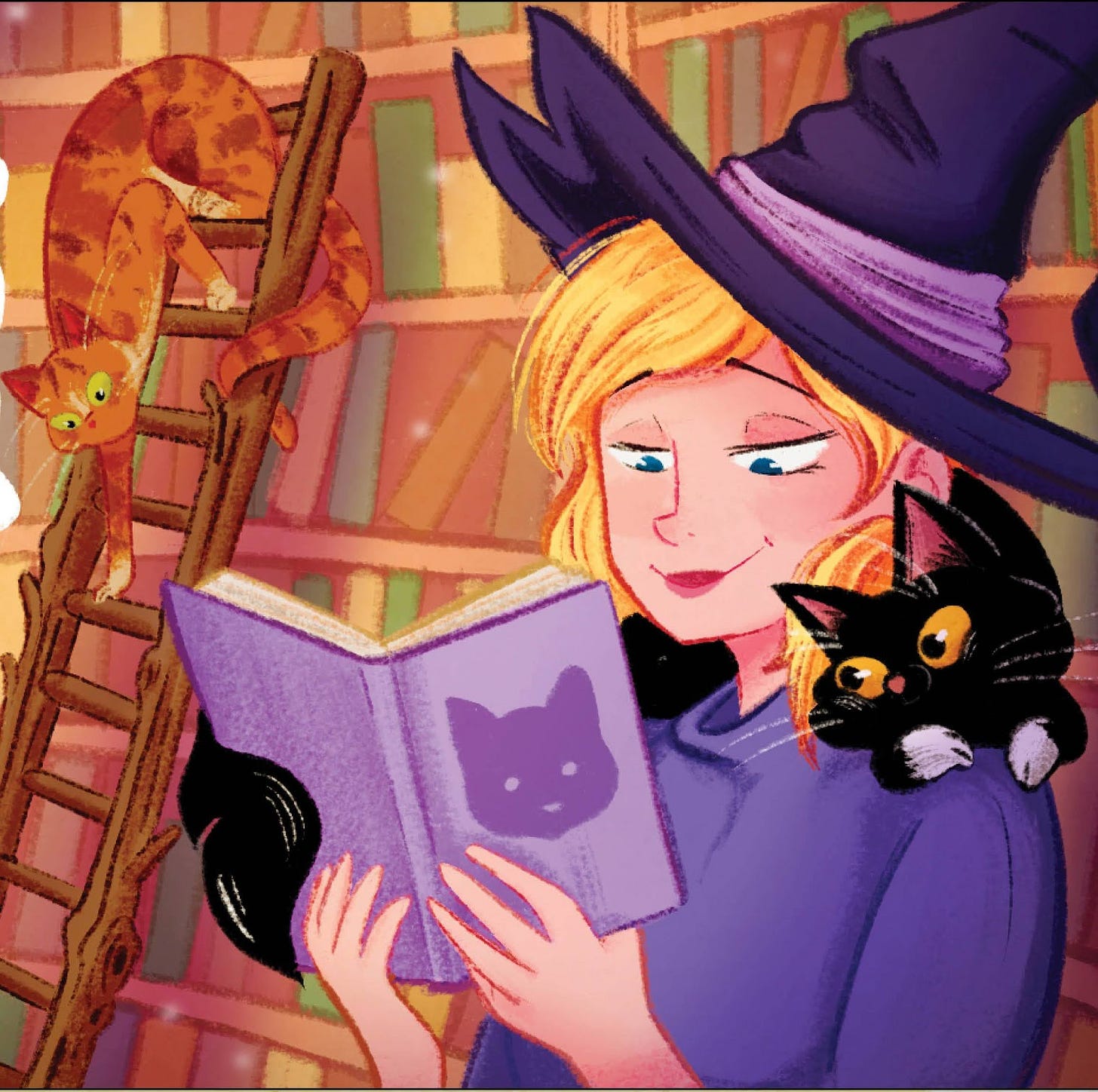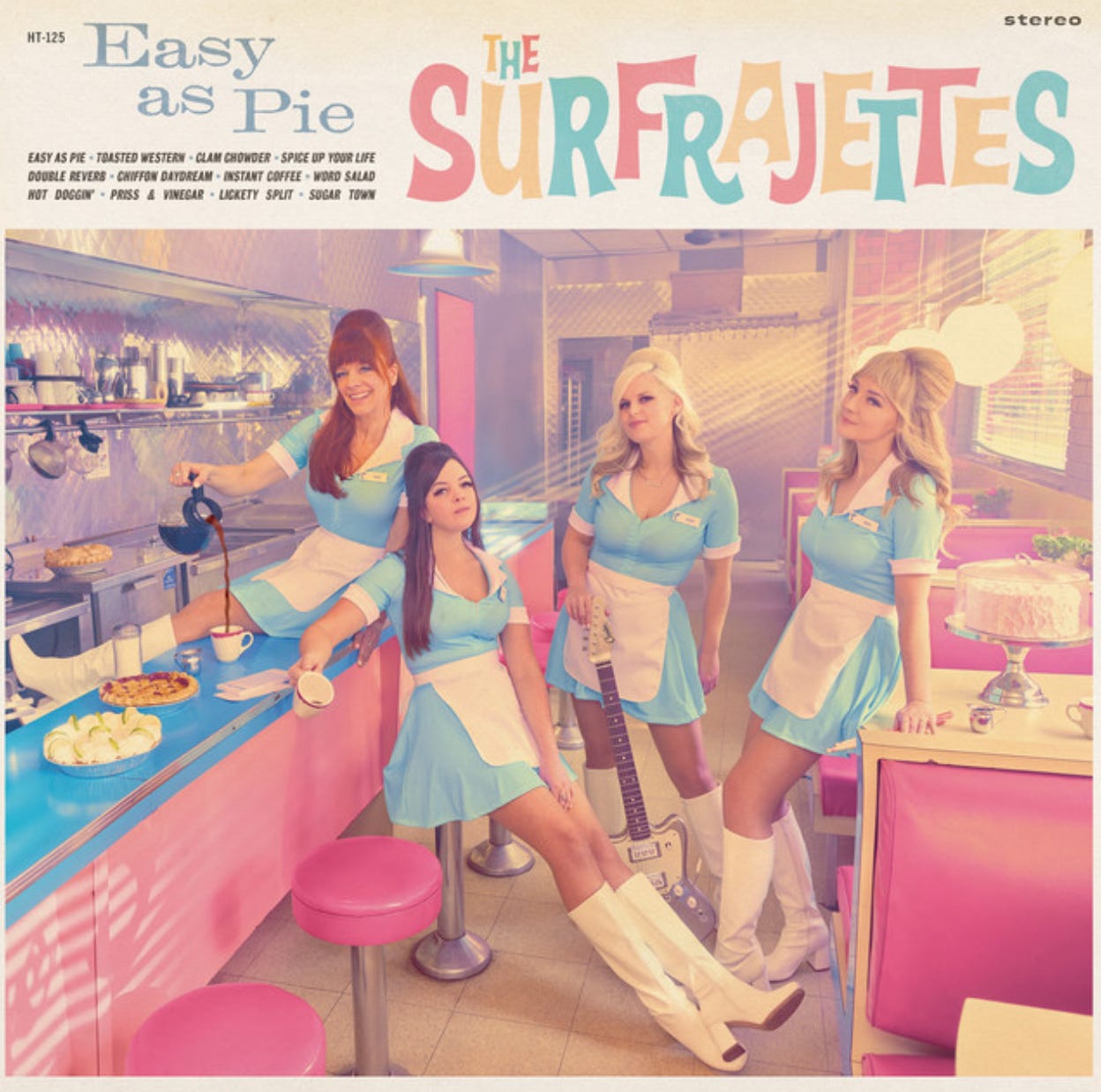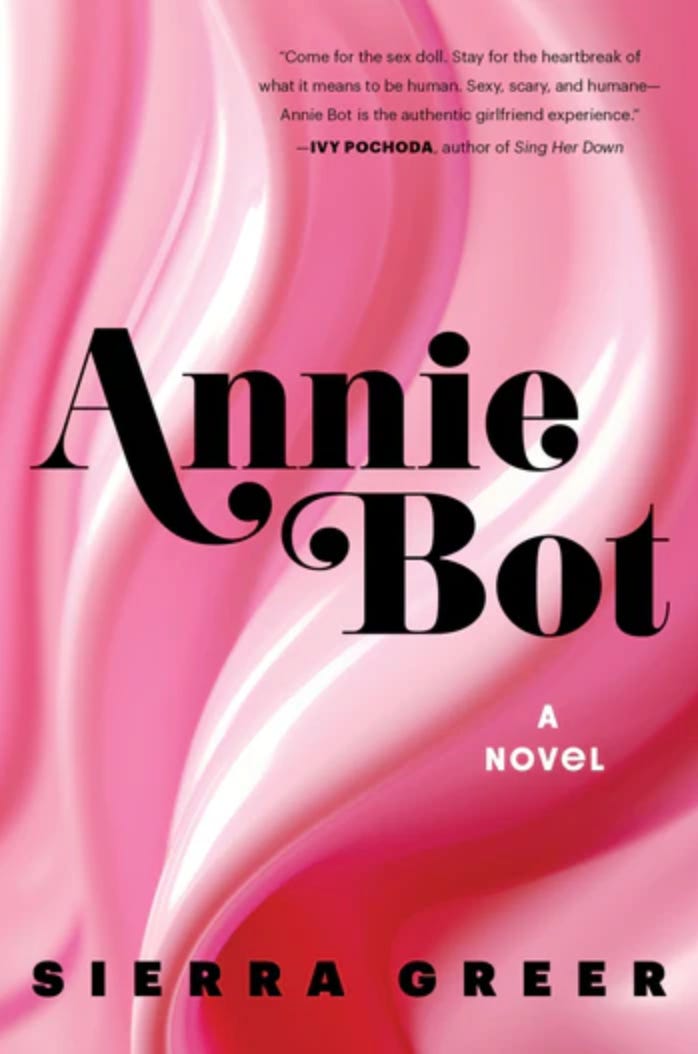Getting started on an illustration portfolio
Welcome to Through Lines! Living creatively, thinking imaginatively, practicing the craft of storytelling, and uncovering your invisible strings
10 tips for building a children’s book illustration portfolio
from someone who looks at countless portfolios and knows what gets editors, art directors, and designers to stop scrolling

As a kidlit agent working at an illustration-forward Agency, I spend a lot of time looking at illustration portfolios. It's a favorite part of the job—seeing how artists think, how they build worlds, how they tell stories without saying a word.
I love learning an illustrator’s voice while also understanding their career goals. And now more than ever, I know how competitive the children’s book market is. Editors, art directors, and designers are inundated with new work daily, and attention spans are shorter than ever.
A strong portfolio doesn’t just showcase your style—it shows your storytelling instincts, your visual range, your emotional depth, and your understanding of how children’s books function. The best ones make me pause. They feel like they include a book already waiting to happen.
If you’re hoping to break into children’s publishing or deepen your presence in it, here are 10 quick, real-world tips to make your portfolio stronger and more market-ready.
Match your portfolio to your age range
Your portfolio should reflect the age group you want to work with. If you’re aiming for board books and picture books, show art that suits younger readers. If you’re focused on graphic novels, include sequential panel work and demonstrate pacing, dialogue, and scene transitions. For cover work, share art that could be a book cover on the shelves right now.
Tell a story
Character design is great—but characters in action are where your work will shine. Editors, art directors, and designers want to know you can carry a narrative visually, not just draw cute faces. Include emotional arcs: joy, surprise, fear, boredom.
Show a range of characters
Your portfolio should reflect variety—different ages, personalities, body types, and more. If you specialize in animals or anthropomorphic characters, show a range there too. Let your cast feel as varied and lively as a playground at recess.
Keep kids in mind
The best children's book art respects young readers. Your work should be clear and expressive, but never condescending. Show that you understand what engages children, not just what looks trendy.
Demonstrate consistency across spreads
Can you draw the same character from multiple angles, in multiple outfits, at different ages, or in different moods? Continuity is what makes editors and art directors feel safe trusting you with a full book.
Sequential art is essential
One of the most powerful things you can include in a portfolio is a short, original story told in images with 3-5 sequential spreads that demonstrate pacing, visual continuity, and your sense of narrative arc.
Mind your text placement
Even in a wordless piece, show that you understand layout. Leave space for text (and consider how type might sit across the page). Avoid crowding the edges with crucial art.
Include black-and-white or limited palette samples
Showing that you can work effectively in grayscale or a limited palette makes you a more flexible hire and opens up a whole category of potential projects.
Curate, don’t overcrowd
Think of your portfolio like a picture book: it needs rhythm, variation, and room to breathe. Group by project or character, and always lead with your strongest piece.
Lead with heart
Editors, art directors, and designers fall in love with illustrators who make them feel something. Style will get their attention, but it’s narrative clarity, emotional depth, and storytelling instinct that seals the deal.
A children’s book illustration portfolio isn’t just a collection of images—it’s a working document that shows how you think, how you tell stories, and how you might collaborate on a book.
What matters most is that your portfolio reflects how you see the world and what kind of stories you can tell. That’s what publishing professionals are paying attention to.
Glimmers to share
✨In my early 20s, I spent a lot of time in the Red Hook neighborhood of Brooklyn, and though it's been a long while, this summer has been bringing me back to that neighborhood more and more frequently. Which also means I've been making constant trips to one of the best bakeries in New York, Baked NYC.
The Sweet & Salty Brownies taste like being in love at age 23 and the Blondies are reminiscent of a particular rainy afternoon in 2007 with soaked shoes, a glitchy iPod, and a NO TRESPASSING sign. I recommend everything in the pastry case.
✨I can't work while listening to songs with lyrics. But I do like having music to keep my mind moving, and lately I've been playing The Surfrajettes, a beachy instrumental-only surf-pop-rock band on repeat during the workday.
✨For Book Club, we’re reading ANNIE BOT: A Novel by Sierra Greer. It’s eerie, unsettling, sad, and thoughtful; and it’s a perfect companion to the recent horror film COMPANION, with a very similar setup and lots of parallels, but enough distinctions to make both worthwhile stories on their own.




